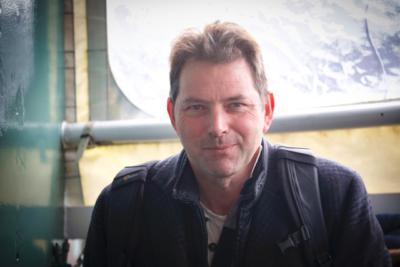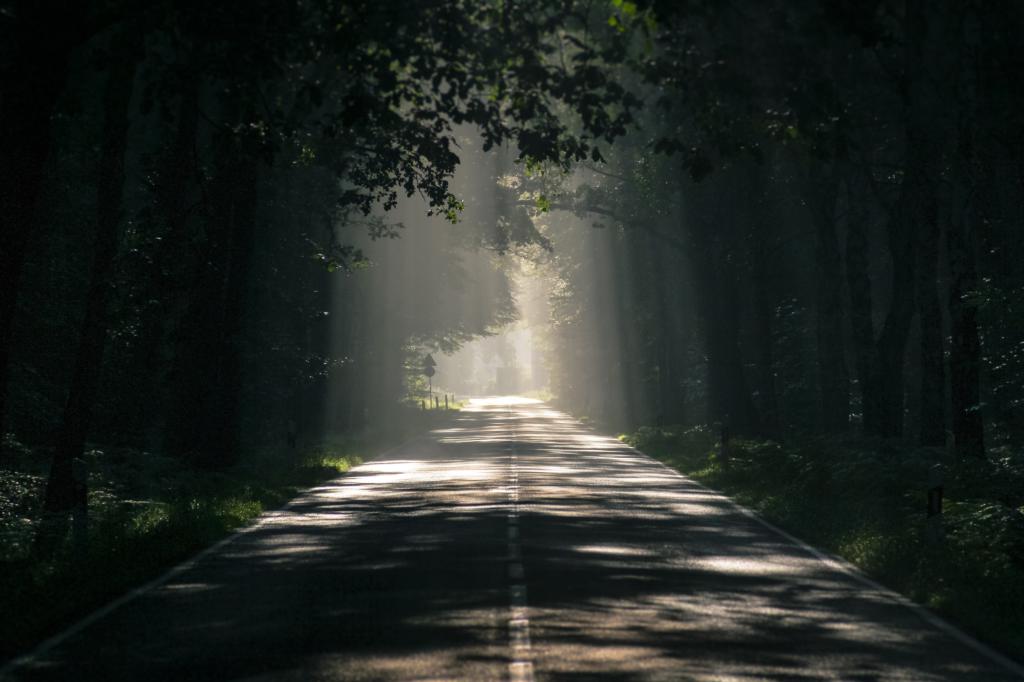Circular Economy and COVID-19: a good moment for reflection
April 25, 2020
Dear friends and partners all over the world,
We wish all of our international friends and partners strength and courage to deal with the impact of the COVID-19 crisis. Stay safe! We are all experiencing difficult times, but a lockdown is also a good moment for reflection. What will the pandemic mean for the transition to a circular economy? Upcoming months are critical for many circular entrepreneurs, but we believe a pathway to a circular, sustainable and inclusive economy is more needed than ever!

"The best way to predict the future is to create it" (Abraham Lincoln)
Today we are coping with the impact of COVID-19 and various degrees of lockdowns. The lockdown is bad enough as it is, but the International Monetary Fund (IMF) says the world will very likely experience the worst recession since the 1930s. Business is taking in a heavy beating because of the lockdown and disrupted supply-lines. Interventions will be made at large corporates as they reorganise and are stripping non-essential costs. For small circular start-ups, it is about survival. Businesses reopening after lockdown might find more border restrictions and possibly a greater customer preference for local over global products and services. They will have to work on resilience in their supply chain and source closer to home to ensure continuity. The COVID-19 crisis has already led to more unemployment, and will lead to higher governmental budget deficits and rising debts levels of States due to massive interventions. Debt that will have to be repaid at a certain moment.
Positive signals
Irish Antarctica explorer Ernest Shackleton was known by the way in which he dealt with adversity and roused optimism in those around him when facing tough odds. “The quality I look for most is optimism: especially optimism in the face of reverses and apparent defeat. Optimism is true moral courage”. Is there reason for optimism in the time of a pandemic?
We have seen how society can adapt to a lockdown. Now that we learned the hard way to work with digital tools, they are not likely to go away anymore. COVID19 is impacting the pace and scale of workplace innovation. We can do more with less, and find better, simpler, less expensive, and faster ways to work together. This can also open new digital roads to inclusion of groups that previously have been at distance. Circular sharing models and products as a service can benefit from increased digital adaptation. The ride will be rough on the short run, but on the long run the prospect for circular economy should be better than ever.
The new normal
Soon we will have to restart our production lines, get people back to work.
What options lay in front of us? Should we go back to ‘business as usual’ or choose for a ‘new normal’ after the crisis? A ‘new normal’ should embrace circularity, sustainability and innovation. It calls for a profound transformation in the way we work, produce, design, teach, invest, and buy. A CE is often explained as a way to keep resources in circulation much longer and at the highest possible value. For me and many of the CE practitioners, it is not only about keeping materials in the loop but also about renewable energy, preservation of biodiversity, social inclusiveness and new coalitions.
For companies it might not only be an opportunity to be more resilient, but also to be ‘a force for good’. In post COVID-19 times shareholder value should not be the only corporate value. The pressure from investors to include environmental, social, and governance factors in valuing a business is likely to expand to incorporate resilience to outside shocks.
For governments making choices might never have been more relevant than today. The State has the obligation to look after its population. Governments may be prompted into taking a much more active role in ensuring resiliency as now they are payor, lender and insurer of ‘last resort’ as McKinsey put it in a recent article. The choices of government will affect the way business is conducted, but the cost of not acting will be higher than the cost of implementing actions now.
Europe shows guts and continues to embrace the Green Deal
“We must not return to a carbon spewing economy.” European Commissioner Frans Timmermans said in an open letter in seven European newspapers on Thursday April 16th. “The European recovery plan for the economy must focus on making the EU economy greener, more circular, more sustainable and is connected to job-growth.” How do we get there? By replacing the old, polluting infrastructure with a modern, clean and efficient alternative in all sectors; water, energy, construction, mobility, agriculture and industrial processes, to name a few. This will allow us to create many more jobs and grow our GDP much more than in the old way.”
By now we have seen the impact of massive use of fossil fuels on our climate. Today’s crisis is a ‘wakeup call’ for other risks just beyond the horizon. We are close to reaching irreversible tipping points and floods, droughts, forest fires, sea level rise and desertification are going to hit us hard and lead amongst other to more migration and resource related tension. Doing more of the same cannot be the answer!
We believe that the future is circular.
In the Netherlands we have been co-creating innovative and circular solutions to global challenges. We think that we are on the right track; we have the vision to be fully circular in 2050, but the steps we have to make can only be collective steps. Collective resilience is key to survival and long-term prosperity. The impact of one actor alone is marginal in relation to the challenge ahead.
Which measures can be taken?
Post COVID-19 we should resist the temptation to keep, at great costs, those activities up that we do not foresee in the future or that delay transition. It makes sense to start laying the foundation for the future by pricing in externalities and installing a relevant price for CO2 to ‘encourage’ economic activities that are not future proof to change course. This crisis has shown how vital labor-intensive jobs can be. When drafting plans to pay back government debts, could we incentivize our tax system in a way that non-renewable resources and pollution become more expensive and labor becomes cheaper? It would help the local re-use, repair, refurbish, remanufacture and recycle loops and appreciate human resources for what they are worth. We should dare to invest in the future and make sure that innovative local SME’s have access to funding. We can give the example by circular procurement. This is a moment, even with high market volatility, that supply and demand for secondary raw materials should be strengthened.
The future might still be grim, but it is also in our hands to ensure that the decisions made in the rest of 2020 and 2021 will lead to more collaboration and a more circular, sustainable, equalitarian future. To the circular economy community, I quote Abraham Lincoln: “the best way to predict the future is to create it”.

